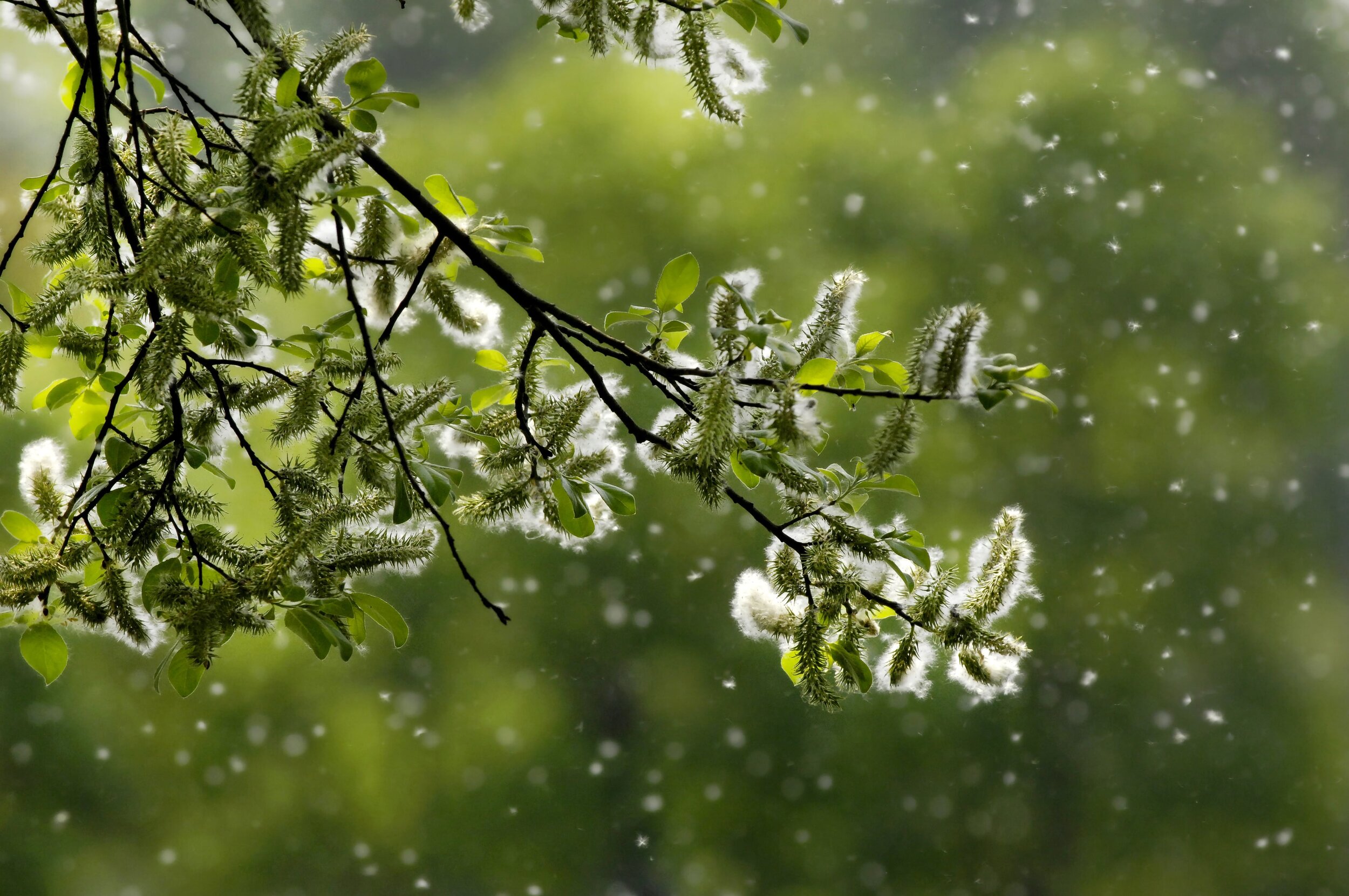Indoor Air Pollutants: A Look at most common pollutants
Estimated Reading Time: 4.5 minutes
Indoor air pollution is a major threat to human health, which was not even considered a problem until the past few decades. In this article, we will discuss a brief explanation of why indoor air pollutants are harmful and a list of some of the most common pollutants.
Seeing is believing - and we can’t see most of the indoor air pollutants
Air pollution is a global problem that affects billions of people every day, but many people don’t even realize it because we can’t see it. Pollution in the air is something that can have a huge impact on our health and well-being.
The world's population is rising and urbanization is increasing. With this comes a rise in air pollution, according to the World Health Organization (WHO), data shows that indoor and outdoor air pollution kills an estimated seven million people worldwide every year. In these statistics - 3.8 million deaths every year are a result of household exposure to smoke from dirty cookstoves and fuels.
Exposure to indoor air pollutants can lead to adverse health effects
This can happen to both adults and children alike. Respiratory illnesses attributed to household air pollution include diseases such as asthma, lung cancer, eye problems, heart disease, chronic obstructive pulmonary disease (COPD), and even strokes. For specific data of this information, visit the World Health Organization’s website directly.
Dust and indoor air pollutants, in general, are a constant battle
We try to clean our homes regularly, but that isn’t enough when it comes to indoor air pollution. According to the EPA (Environmental Protection Agency), the air inside our homes can be far more polluted than the outside air. Particulate matter floats through the air from many indoor and outdoor sources, so what should we do to improve the quality of indoor air?
Some experts say that plants can help remove some pollutants from the environment while others suggest using a vacuum cleaner with a HEPA filter. Plants are wonderful to have, and vacuuming is great for cleanliness but unfortunately, these are not powerful solutions compared to other alternatives when it comes to cleaning the air we breathe.
A brief look at some common air pollutants:
Smoke Particles
Most people contribute smoke & smoking to strictly cigarette tobacco smoke; it also includes marijuana, vapes, and any other smoke from direct use or secondhand smoke.
Pollen
People with allergies should be aware of pollen in the house. It is easily brought inside the home by open windows or stick on our clothes, hair, or pets.
Pet Dander
Millions of people suffer from pet allergies. Pet dander is a health concern that can cause symptoms like coughing, sneezing, and watery eyes. The key to staying safe and healthy for those allergic is to minimize contact with these allergens.
Dust Mites & Dust Mite Fecal Matter
Dust mites are tiny organisms that live and poop on the flakes of skin on the mattress, on sheets, and on other household surfaces. They're invisible to the naked eye but can cause allergies, asthma, and even trigger immune system diseases.
Airborne Chemicals & Cleaners
The use of cleaning supplies is a good thing, but breathing them is not. These chemicals offload when used making them easy to breathe in our indoor air.
Cooking Fuels & Odors
The fuel burner is a major source of serious indoor air pollution, but even when it comes to the smell of bacon in the morning, cooking (fish, meat, vegetables, burning oils, etc) are breathable substances, and if burnt, they become carcinogens in the air.
Mold Spores
Mold spores are the microscopic, airborne, fungus-like reproductive structures of molds. Mold spores are able to float through the air, meaning that they have the potential to be found everywhere.
Viruses & Bacteria
Airborne viruses and bacteria are everywhere and are the reason we get sick from the common cold to the pandemic causing COVID-19. They can live in the air for hours and these pathogens are also easily transferred to surfaces.
The above-listed pollutants are just the tip of the iceberg. The air we breathe consists of so much more like Volatile Organic Compounds (VOCs) which consist of chemicals from things like building materials, paint fumes, pressed wood products, carpeting, particleboard furniture, foam mattresses, and so much more.
Then there are the more obvious chemical terms that can be caused by anything listed earlier; nitrogen oxides, carbon monoxide, formaldehyde, benzene, and radon gas. These pollutants are harmful separately and can combine together to create other harmful breathing molecules such as ground-level ozone.
The Breakdown: Air pollution is a serious issue
Indoor air pollutants are one of the leading causes of health problems like respiratory disease worldwide. You never know what's in the air until it's too late—but we're here to help you breathe easier. Platinum Air Care’s Air Purifier lineup consists of a wide range of indoor air purifying products that can be customized to fit your needs and budget, all made with performance and quality in mind.








